From 1956 onward, the reconnaissance balloons that drifted at high altitudes from the Western nations into the territories of the Warsaw Pact states had become a serious nuisance for the Soviet military authorities. Balloons of this kind might be carrying propaganda leaflets, but they could also be carrying reconnaissance equipment or even a bomb. A full 67 years before a U.S. Air Force F-22 fighter jet shot down a Chinese surveillance balloon off the coast of South Carolina after it had been floating over the United States for days, the Soviet Union was locked in a battle with the balloons on a much larger scale.
Some of these balloons penetrated more than 1,200 miles inside Soviet territory. But with existing Soviet fighter jets and anti-aircraft missiles not entirely effective against the balloons, the USSR was forced to come up with some more specialist measures. This is the story of the Cold War’s Soviet balloon-interceptor aircraft.
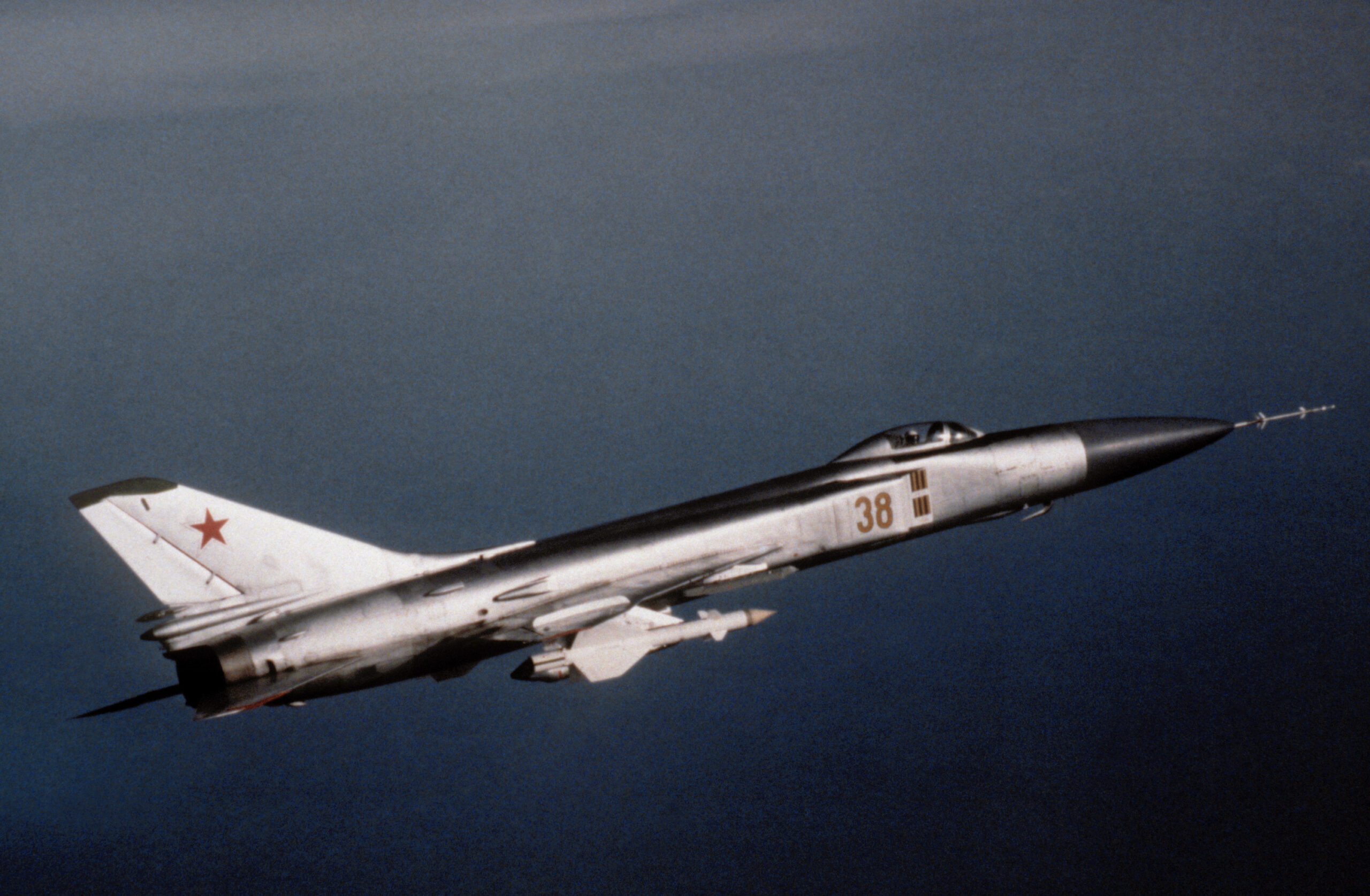
According to Russian sources, between 1956 and 1977, a total of 4,112 balloons were identified above the territory of the Soviet Union, of which 793 were shot down by fighter aircraft. While some of these balloons belonged to civil research organizations, the majority were used for military purposes.
The peak of spy balloon activity occurred in January and February 1956, when almost 3,000 balloons were launched; after this, they were much more seldom observed, with the exception of short periods of increased intensity. Many years later, in December 1980 and January 1981, the Soviets recorded the presence of several hundred smaller balloons.
These dates are worth noting. In the first case, it was the period just before the crucial 20th Congress of the Communist Party of the Soviet Union (CPSU), during which Nikita Khrushchev exposed Joseph Stalin’s ‘cult of personality.’ In the second case, these were the days of the planned Warsaw Pact intervention in Poland, in response to the Solidarity movement there.
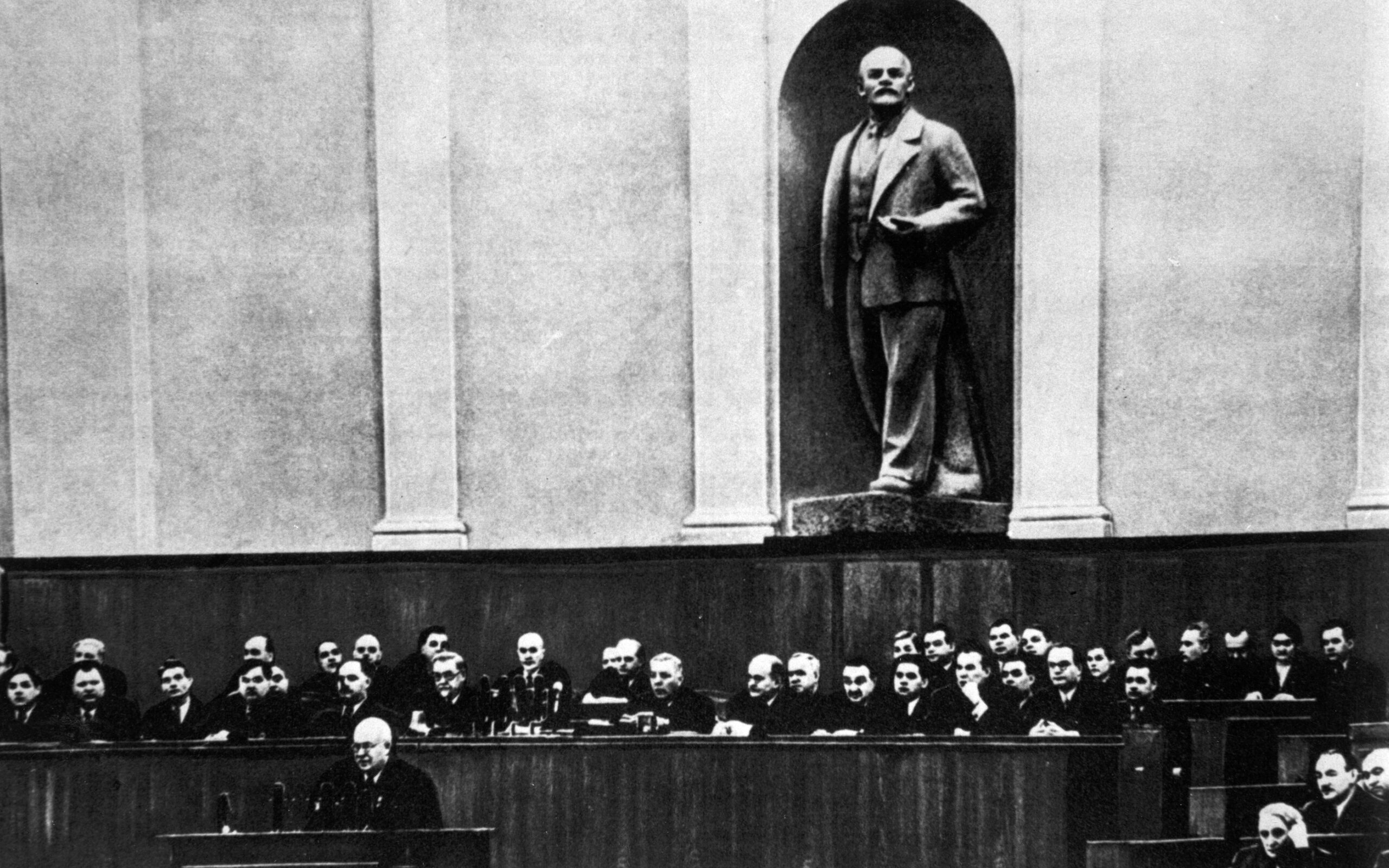
During one sample period, from August 11 to September 14, 1975, 11 drifting balloons were detected above Soviet territory at an altitude between 36,000 and 46,000 feet. They were attacked by interceptors operated by the Soviet Air Defense Troops, including MiG-19, MiG-21, Tu-128, Su-15TM, and Yak-28P fighters. Sometimes a dozen or more aircraft were tasked against a single balloon. Of these 11 balloons, eight were shot down.
In two other cases, the equipment carried in the balloons was determined to be destroyed. The one other balloon was undamaged. The average munitions expenditure was high: 1.4 air-to-air missiles (AAMs), 26 unguided rockets, and 112 cannon rounds per balloon. This kind of weapon use is not necessarily a problem if a large balloon is involved, but it becomes very expensive if there are several hundred of these balloons and it’s not known what kinds of payloads they carry.
The early balloon-killers
The Soviets reworked some of their older S-25 Berkut (NATO codename SA-1 Guild) and S-125 Neva (SA-3 Goa) anti-aircraft missiles specifically to target balloons. Meanwhile, the requirements for new air defense radars included the ability to detect aerostats, since it was quickly revealed that the balloons could not be easily detected by existing radar.

The development of Soviet interceptor aircraft capable of combating high-altitude balloons began in the early 1970s. In August 1971, several design teams were ordered to prepare proposals. High speed was not required of the aerostat interceptor aircraft since their targets would be virtually stationary. The most important factor was the ability to quickly reach a very high altitude, as well as maneuver once there.
Since radar was not very effective for detecting and tracking balloons, the aircraft would be equipped with an electro-optical sight. The armament was to be a traversable cannon able to target aerostats flying well above the ceiling of the fighter.
In November 1971, Alexander Yakovlev’s team submitted a design for the Yak-25PA (perekhvatchik aerostatov, balloons interceptor), which was to be a modification of the earlier Yak-25RV Mandrake high-altitude reconnaissance aircraft, itself a Soviet counterpart to the Lockheed U-2. The aircraft’s armament was to be a twin-barrel GSh-23 cannon in a movable turret.
However, the performance of the Yak-25PA was judged to be inferior, mainly due to the old R-11V-300 engines, which were unable to lift the aircraft to an altitude of more than 64,000 feet. At the same time, the aircraft was too small to accommodate the necessary equipment and armament; its take-off weight was only 20,000 pounds.

The Yak-25RV had been a conversion of the Yak-25 Flashlight interceptor, adding a long straight wing instead of a swept wing. But the aircraft had been developed hastily and much of its structure was left unchanged. While these characteristics had been suitable for a fighter, they were too heavy for a non-maneuvering reconnaissance aircraft.
For this reason, the Yak-25RV never approached the performance offered by the U-2; the Soviet aircraft reached a maximum service ceiling of 67,000 feet and a range of 1,860 miles only. The Yak-25RV made its first flight on March 1, 1959.
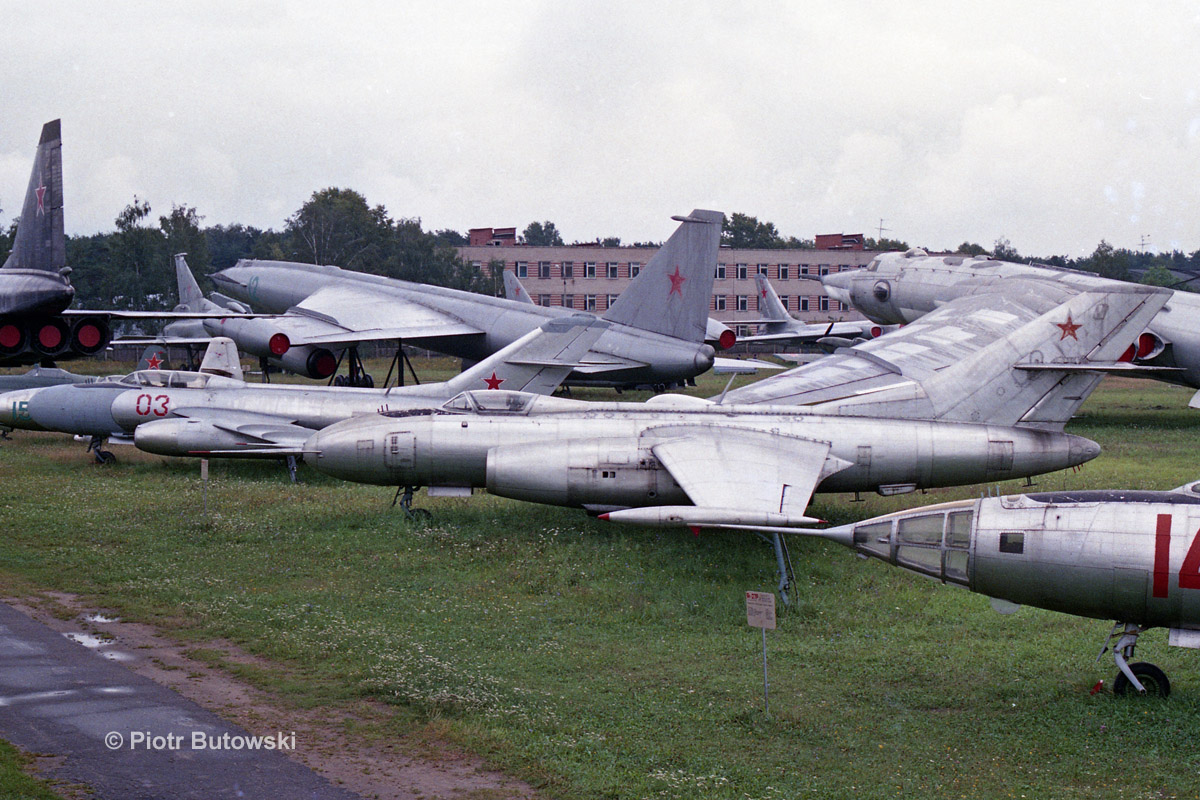
Although the Yak-25RV had been developed as an answer to the U-2, the Soviet Air Force had little interest in the reconnaissance version — making its performance match the level of the U-2 would essentially require building a new aircraft. As a result, as many as 155 aircraft out of the 165 produced were assigned a completely different purpose: they became targets for anti-aircraft missile exercises.
They were built in two target versions. The Yak-25RV-I version had a pilot and was used for ‘dry’ tests, without live firing, while the Yak-25RV-II version was unmanned, and remotely controlled from the ground or from another aircraft by radio (although it also had a cockpit).
Myasishchev M-17 Mystic-A
Instead of the Yak-25PA, another project was chosen for implementation, with the completely new M-17 aircraft from Vladimir Myasishchev’s team. The design of the M-17 was not straightforward. It turned out that in the extensive library of wing profiles at the Central Aerohydrodynamic Institute (TsAGI) there was not a single profile that provided a high lift coefficient in the stratosphere. The proportion of frictional drag within the total drag of the aircraft increased considerably. New structural problems also arose with the high-aspect-ratio wing.

The M-17 was a twin-boom aircraft powered by a single turbojet engine installed in the rear part of the short fuselage. The most powerful of the available Soviet turbojets, the Kolesov RD36-51V, was selected. The plane could quickly climb to a high altitude, but its endurance was only two hours, unlike the U-2, which gained altitude slowly but flew very long distances.
The first M-17 was completed in 1978 by the plant in Kumertau, which at that time produced Ka-26 agricultural helicopters. The aircraft was something new for the plant’s employees and its construction was very difficult, with a lot of bugs requiring corrections.

With the end of the year and the deadline for implementing plans approaching, the first M-17 performed a test run on the airstrip in Kumertau in mid-December 1978. The starboard aileron was accidentally lowered, and the aircraft turned abruptly. The pilot pulled back on the stick in order to avoid a collision with a snow heap and raised the aircraft into the air. Unfortunately, when turning at near-zero visibility, the wing caught on an almost-invisible hill. The pilot was killed, and the aircraft completely destroyed.
After this crash, the production of subsequent aircraft was transferred to the plant in Smolensk.
The second M-17 was only ready three-and-a-half years later. Wearing the civil registration CCCP-17103 and the Aeroflot logo, the aircraft was flown on May 26, 1982, by Eduard Cheltsov. In the same year, the M-17 was first observed by a U.S. reconnaissance satellite at Ramenskoye (Zhukovsky) airfield. It was given the temporary reporting name Ram-M, changed several years later to Mystic. Later, another M-17, CCCP-17401, was also built.

Armament
A special electro-optical sight was made for the M-17, able to detect a balloon with a diameter of around 100 feet from a distance of 19-25 miles and then automatically track it. The laser rangefinder coupled with it had a range of 5 miles.
Aiming the gun using the entire aircraft, typical for a fighter, was impossible in this case. Therefore, the BD-59 gun turret was prepared especially for the M-17, with a movable twin-barrel 23mm GSh-23 cannon and a supply of 500 rounds. This allowed the plane to combat balloons flying at more than 13,000 feet above the interceptor’s own ceiling, which was around 70,000 feet. Tactical aircraft guns incorporating some kind of articulated mechanism to make it easier to hit a wider range of targets was nothing new in the Soviet Union, as you can read about here.
To tackle balloons, special projectiles were also needed, with very sensitive fuse activated by hitting the balloon’s thin skin; the projectile itself would then tear a hole in the coating with an area of several square meters. Standard projectiles would simply pass through the balloon’s envelope without causing much damage.
Tests of the armament system were carried out on a Tu-16 Badger bomber that had an M-17 fuselage front built into its nose. The biggest difficulty was the aircraft’s relatively high approach speed toward the nearly stationary balloon; this left very little time to aim. In fact, neither the Tu-16 nor the M-17 was ever fitted with a cannon, and a film camera was used instead for the trials.
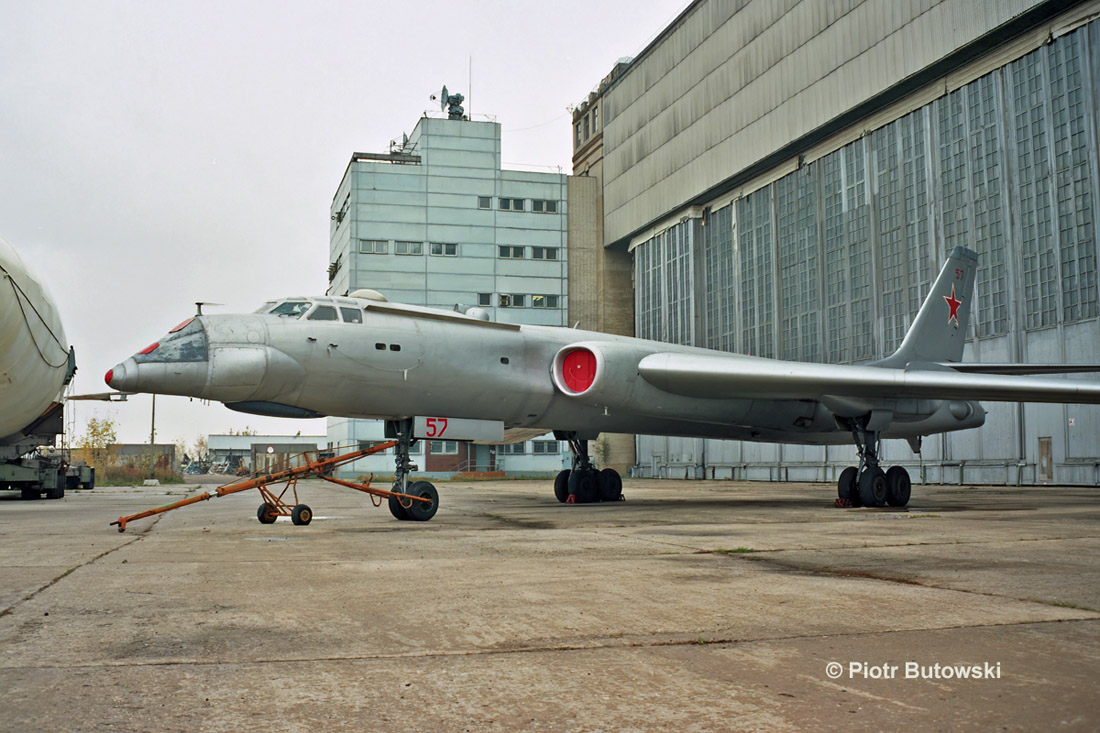
Many problems were encountered during the trials of the M-17. The tail vibrated during high-speed flight at high altitudes. There were unacceptably high loads on the control surfaces. The airbrakes were ineffective. Gradually, the problems were solved but, in the meantime, a new kind of anti-balloon weapon had come into focus.
Beriev A-60 airborne laser gun
In 1975, with the first M-17 still under construction, the Soviets launched another plan to combat high-altitude balloons. The NPO Almaz company in Moscow, mainly involved in anti-aircraft and anti-missile systems, started designing the Ladoga carbon dioxide (CO2) laser gun that was to be installed on an Il-76 Candid transport aircraft, thus creating the Dreyf (Drift) system for combating aerostats.
The Beriev design bureau in Taganrog was tasked with converting an Il-76MD transport into a laser gun carrier, named A-60. Beriev, in addition to its traditional naval aircraft, made many special-purpose aircraft including the A-50 Mainstay and A-100 airborne early warning platform and the Tu-142MR Bear-J strategic radio-relay aircraft.

The first experimental A-60, known as the Izdeliye 1A, made its first flight on August 19, 1981, with Yevgeniy Lakhmostov at the controls. The aircraft’s laser gun was housed in the cargo hold. On the fuselage spine, there was a large fairing, covering a mirror system, by which the laser ray was directed onto the target. The gun had a range of 25 miles and was able to ‘shoot’ for a total of 50 seconds, at least according to the design specification; reportedly, the actual firing time was only 11 seconds.
The targeting system consisted of a Phazotron-NIIR Ladoga radar with an upward-directed 5-foot-diameter Cassegrain antenna fitted under a large bulbous fairing in the aircraft’s nose and a laser locator. A balloon could be detected and tracked from 31-44 miles.
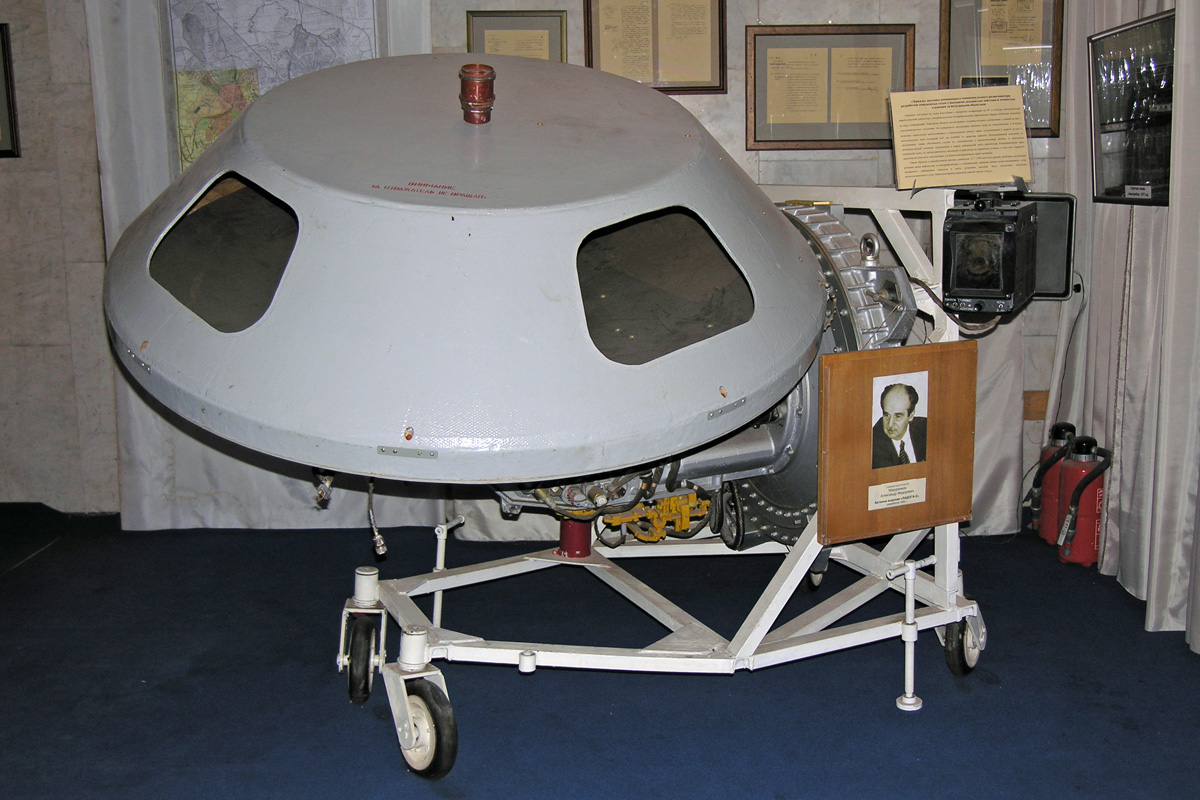
On April 27, 1984, the A-60 flying at an altitude of 32,800 feet damaged a balloon over the Volsk aerostat research center, 430 miles southeast of Moscow.
In 1988, the 1A test aircraft was burnt in an accidental fire at the Chkalovsky test airfield near Moscow. On August 29, 1991, tests commenced of the second experimental aircraft, the A-60/2 (Izdeliye 1A2; registration CCCP-86879, later RA-86879). After two years, however, the trials were suspended due to a lack of funding.

No more balloons
The history of the Myasishchev M-17 and Beriev A-60 as balloon interceptors ended fairly abruptly, even before their trials were completed. In the second half of the 1980s, the air force’s interest in these aircraft began to fade, as the balloons themselves appeared less and less often. One of the last such incidents took place on September 3, 1990, when a drifting aerostat was shot down by a Su-15TM Flagon-F interceptor at 40,000 feet near Murmansk.
Other uses were found for both of these aircraft. The M-17 balloon interceptor was transformed into the M-17RM (razvedchik modifitsirovannyi, modified reconnaissance) high-altitude reconnaissance aircraft, otherwise known as the M-55; it received the NATO codename Mystic-B. The first example of the new version was flown by Eduard Cheltsov on September 16, 1988. The most important change was the use of two Solovyov D-30V engines instead of the one RD36-51V.

The M-17RM was supposed to conduct reconnaissance of ground positions by flying several dozen miles deep into enemy territory at high altitudes. It would transmit the reconnaissance data in real-time to a ground command post, from where, in turn, target indications could be sent to strike units. This system was broadly similar to the U.S. Assault Breaker or PLSS (Precision Location Strike System). However, the project was never implemented.
Four flying M-55 aircraft were made, one of which remains in service today, with the code ‘55204,’ and which, under the name Geofizika, is used for civilian research of the stratosphere and the Earth’s surface.
The A-60 is still a laser gun platform but is no longer intended to shoot down balloons. After a long break, the airborne combat laser project was resumed on December 23, 2002, when the Russian Ministry of Defense contracted the NPO Almaz company for the new Sokol-Echelon (Sokol means falcon) research and development program. This has provided the A-60 with a new role: its laser gun is now expected to ‘blind’ the infrared sensors of enemy reconnaissance satellites.
Flight trials of the renewed A-60 1A2 resumed around 2006. The final part of the trials involved a ‘combat’ experiment on August 28, 2009, when the 1A2 made a shot against a Japanese Ajisai satellite at an altitude of 932 miles, and the reflected signal was registered.

Sokol-Echelon was then superseded by a new program codenamed Sokol-V, intended “to counteract infrared surveillance sensors on the ground, the sea, in the air and in the space”, according to NPO Almaz. In an interview with the defense ministry’s Krasnaya Zvezda newspaper on December 28, 2019, Deputy Minister of Defense Alexei Krivoruchko said that in Russia “work is underway on the development of high-power laser technologies of various types … It is planned to put it on an airplane in the coming years.” Since Beriev has patented several variants of laser placement onboard the A-60, this aircraft would seem to be the likely candidate.
That, of course, is a completely different story.

For now, the story of Russian balloon-interceptor aircraft has come to an end, but with surveillance balloons remaining very much at large, it’s unlikely that this very particular kind of threat has been entirely forgotten by the Kremlin’s defense planners.
Contact the editor: thomas@thedrive.com
